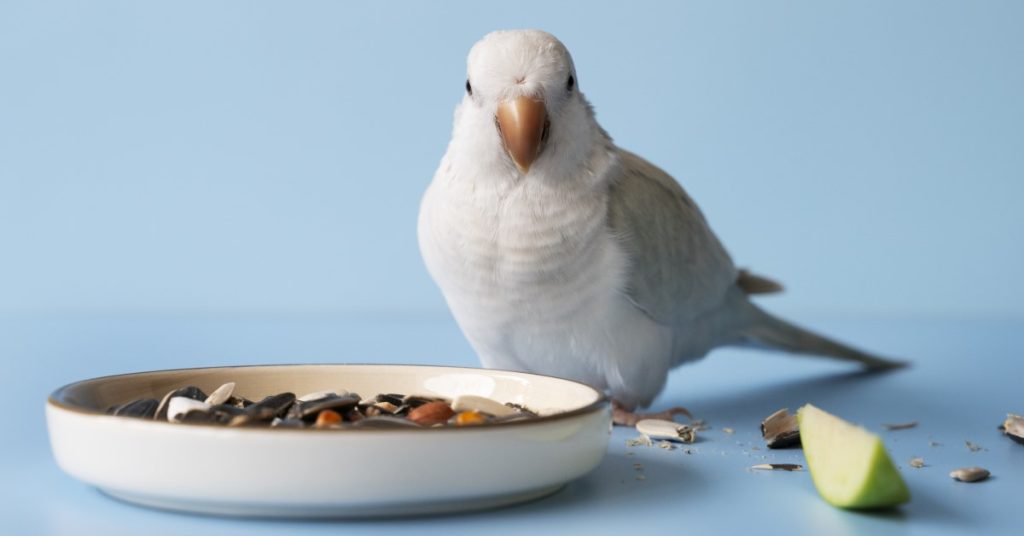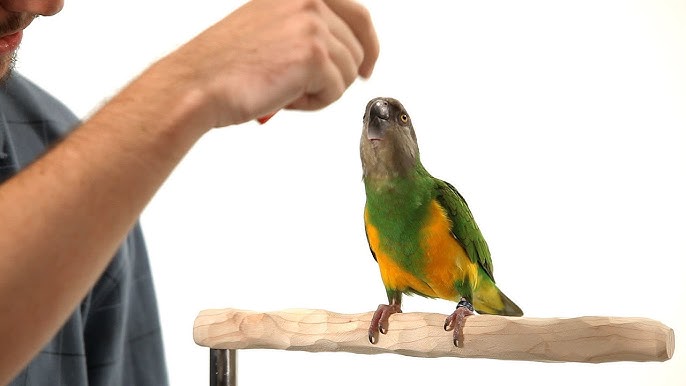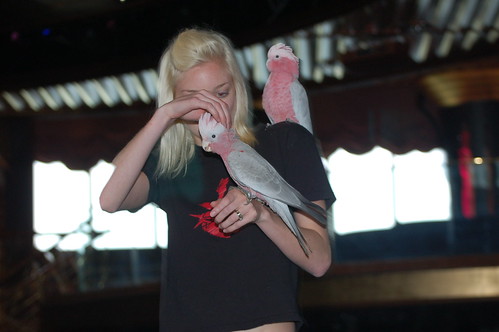Training a parrot to perform tricks can be a rewarding experience for both you and your feathered friend. Parrots are intelligent birds with the ability to learn a variety of behaviors, from simple gestures to complex routines. With patience, consistency, and the right techniques, you can teach your parrot to impress everyone with its skills.

1. Build Trust and Bonding
Before starting any training, it’s essential to establish a strong bond with your parrot. Spend time talking to it, offering treats, and allowing it to get comfortable with your presence. A parrot that trusts you will be more willing to learn. Avoid forcing interactions—let the bird approach you at its own pace.
2. Choose the Right Rewards
Parrots are motivated by food, praise, and attention. Identify your parrot’s favorite treats, such as sunflower seeds, small fruit pieces, or nuts. Use these as positive reinforcement during training sessions. Keep the treats small to avoid overfeeding.

3. Start with Simple Commands
Begin with basic tricks like “step up” (teaching the parrot to step onto your hand or a perch). Hold a treat near its feet and say, “Step up.” When it complies, reward it immediately. Repeat this until the parrot responds consistently. Once mastered, move on to more advanced tricks like waving, turning around, or fetching small objects.
4. Keep Sessions Short and Fun
Parrots have short attention spans, so limit training sessions to 10-15 minutes at a time. End on a positive note, even if progress is slow. Consistency is key—train daily or several times a week for best results. If the parrot seems disinterested, try again later.

5. Use Clicker Training (Optional)
A clicker can help mark the exact moment your parrot performs the desired behavior. Click when the trick is done, then immediately give a treat. Over time, the parrot associates the click with success, making learning faster.
6. Gradually Increase Difficulty
Once your parrot masters a trick, introduce variations or combine tricks into sequences. For example, teach it to wave and then turn in a circle. Always reward progress, and avoid pushing too hard—frustration can hinder learning.
7. Be Patient and Positive
Not all parrots learn at the same pace. Some may pick up tricks quickly, while others need more time. Avoid punishment—positive reinforcement works best. Celebrate small victories, and your parrot will gain confidence.

8. Practice in a Distraction-Free Environment
Start training in a quiet room with minimal distractions. As your parrot becomes more skilled, gradually introduce mild distractions to reinforce focus. This helps ensure the tricks can be performed anywhere.
9. Show Off Your Parrot’s Skills
Once your parrot has learned a few tricks, share its talents with friends and family. Performing for an audience can boost the bird’s confidence and strengthen your bond.
With time and dedication, your parrot can learn an impressive repertoire of tricks. Remember, the key to success is making training enjoyable for both of you. Happy training!
